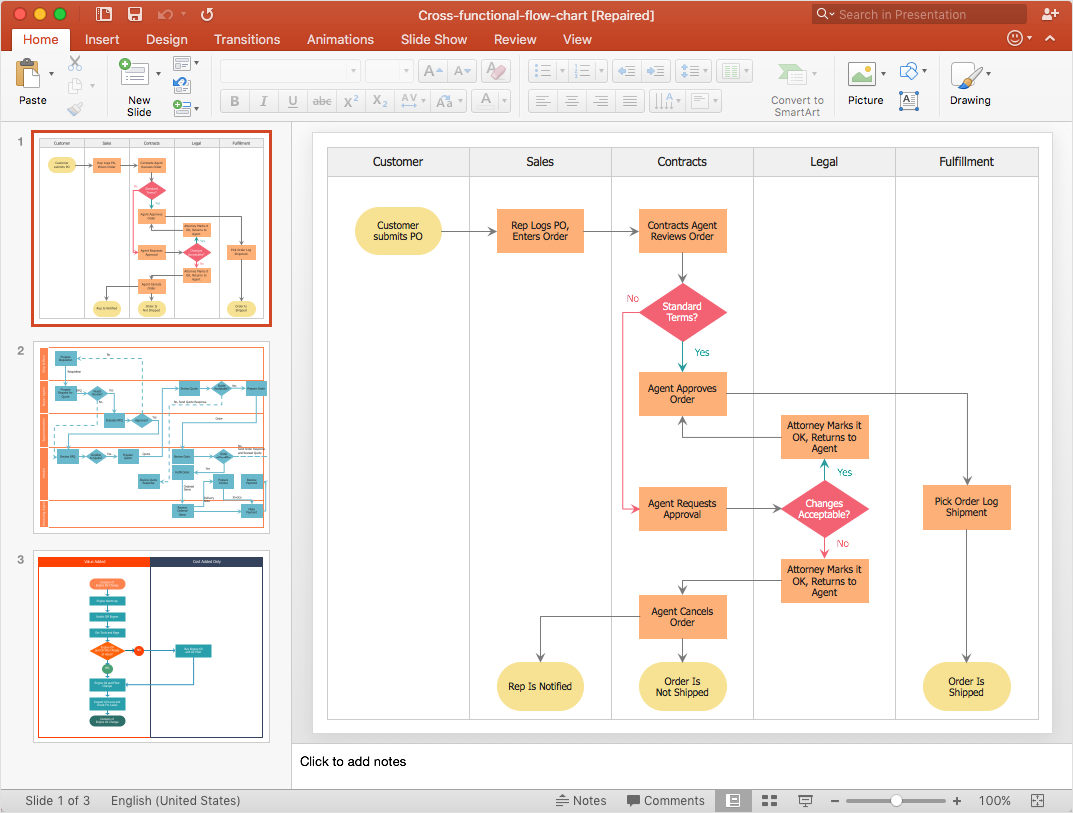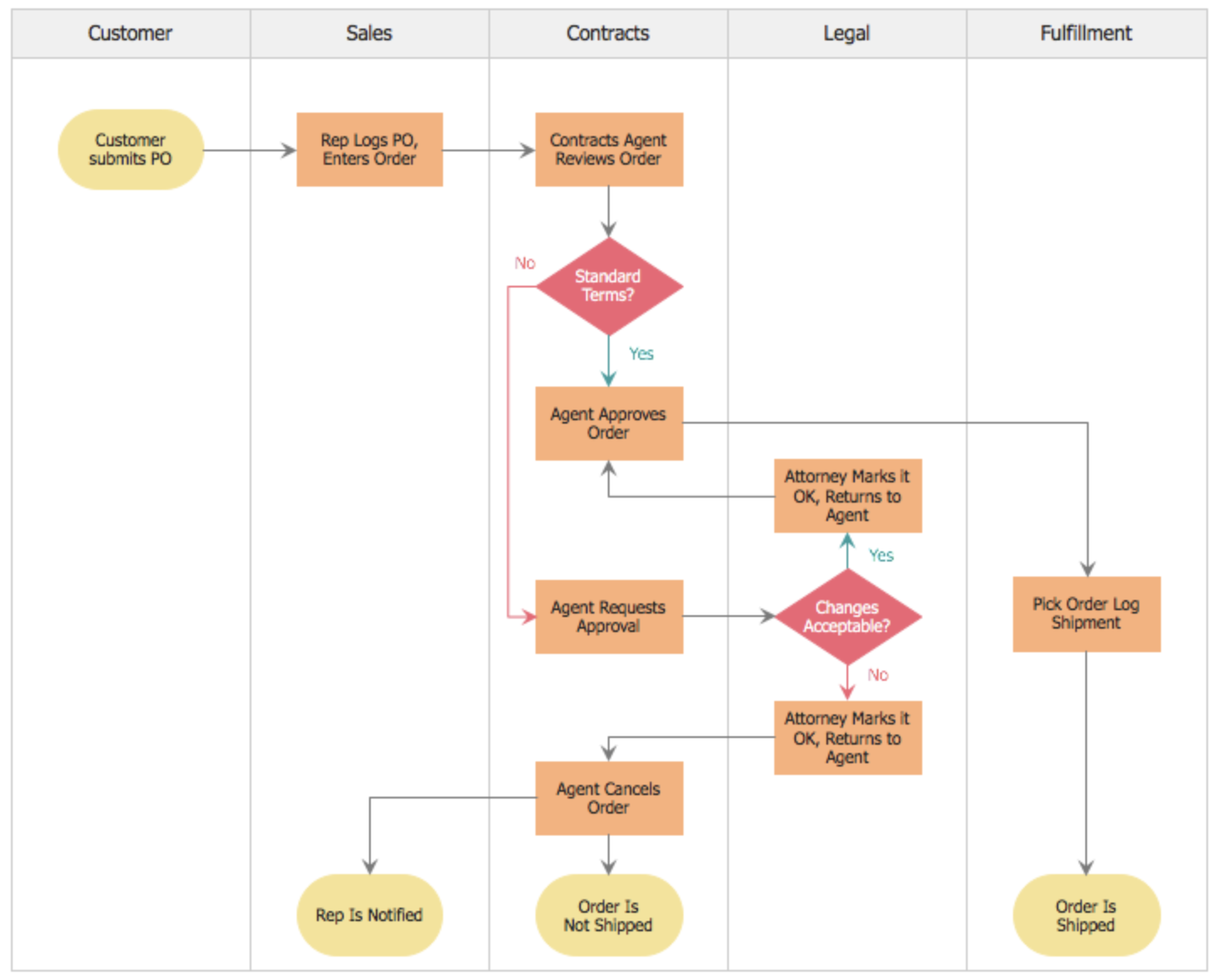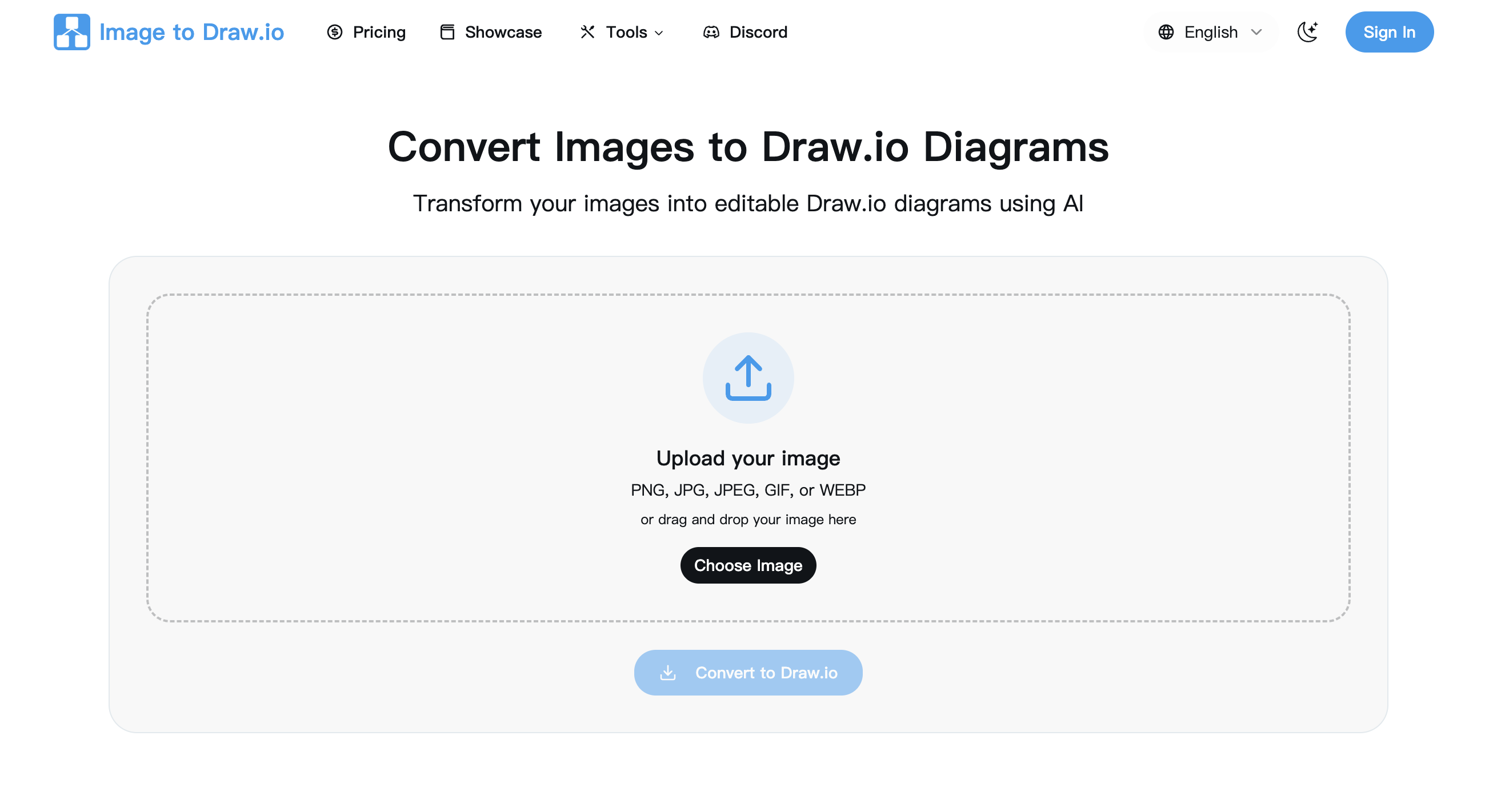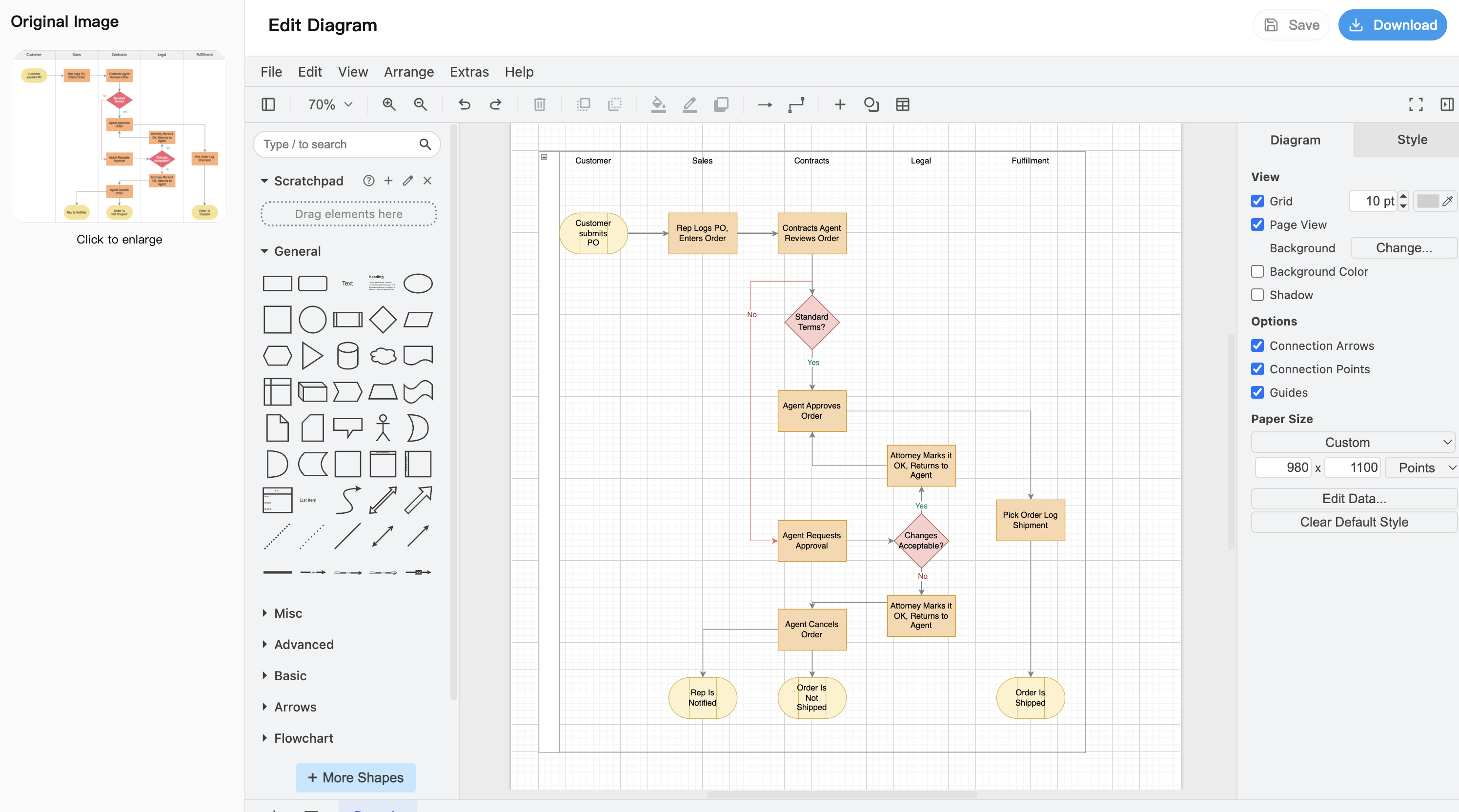- Blog
- Convert Screenshots to Editable Diagrams in Draw.io: A Complete Guide
Convert Screenshots to Editable Diagrams in Draw.io: A Complete Guide
Ever found yourself staring at a screenshot of a diagram, wishing you could just click and edit it? Maybe it's a flowchart from a client presentation, an architecture diagram from Slack, or that perfect example you found in a blog post. You need to modify it for your use case, but all you have is a static image.
I've been there. Redrawing diagrams from scratch is painful and time-consuming. That's exactly why converting screenshots to editable Draw.io diagrams has become such a game-changer for our team.
Why Screenshots End Up Being Our Only Source
Let's be honest about how we actually work:
- Quick sharing: Someone posts a diagram in Slack or Teams. You save the screenshot.
- Documentation screenshots: You're reading docs, find a useful diagram, screenshot it.
- Meeting captures: Someone shares their screen, you grab a screenshot of their flowchart.
- Lost source files: The classic "I made this diagram last year but can only find the PNG export."
The problem? Screenshots are dead ends. You can't edit them, can't update them, can't collaborate on them. Until now.

The Manual Way (That Nobody Has Time For)
Before we dive into the automated solution, let's acknowledge what we used to do:
- Open Draw.io
- Manually recreate every box
- Retype all the text
- Redraw every arrow
- Try to match the layout
- Waste 2-3 hours
For a simple diagram, maybe that's 30 minutes. For complex architecture diagrams? You're looking at hours of mind-numbing work. And you'll probably still miss something.
Converting Screenshots to Draw.io: The Smart Way
Here's where modern AI makes our lives easier. You can now convert screenshots directly to editable Draw.io diagrams in about 10 seconds. The process is stupidly simple:
Step 1: Capture Your Screenshot
First, get a clean screenshot of the diagram you want to convert:
- Windows: Win + Shift + S
- Mac: Cmd + Shift + 4
- Linux: Print Screen or screenshot tool
Pro tip: Capture just the diagram, not the entire screen. Less clutter = better conversion.

Step 2: Upload to the Converter
Navigate to the Image to Draw.io converter. The interface is straightforward - just drag and drop your screenshot onto the upload area.
[Screenshot placeholder: Converter interface with arrow pointing to upload area]
What happens next is pretty clever:
- AI analyzes your screenshot to identify shapes, text, and connections
- It recognizes standard diagram elements (rectangles, diamonds, arrows)
- OCR technology extracts all text content
- The layout and relationships are preserved
Step 3: Download Your Editable Diagram
Click "Convert to Draw.io" and wait about 10 seconds. You'll get a proper .drawio file that opens in any Draw.io editor.

Step 4: Edit in Draw.io
Open the converted file in Draw.io (either the web version or desktop app). Everything from your screenshot is now editable:
- Click any shape to modify it
- Edit text directly
- Move elements around
- Change colors and styles
- Add new components

Real-World Examples That Actually Matter
Example 1: Updating Architecture Diagrams
Last week, our team needed to update a system architecture diagram from 2022. The original Draw.io file was lost (classic), but we had a screenshot from our documentation.
Instead of redrawing 47 components and their connections, we:
- Converted the screenshot to Draw.io (10 seconds)
- Updated the three components that changed
- Added the new microservice
- Done in 5 minutes instead of 2 hours
Example 2: Client Presentation Flowcharts
A client sent us their business process as a screenshot from PowerPoint. We needed to adapt it for our implementation. Converting the screenshot to Draw.io let us:
- Keep their exact layout (important for stakeholder buy-in)
- Update the text to match our terminology
- Add our specific implementation details
- Send back an editable version they could maintain
Example 3: Documentation Screenshots
Ever notice how technical documentation is full of diagram screenshots? When implementing based on docs, you often need to adapt these diagrams for your specific use case. Screenshot to Draw.io conversion lets you turn any documentation diagram into your own working template.
Tips for Better Screenshot Conversions
Screenshot Quality Matters
- Resolution: Higher is better, but even phone screenshots work
- Contrast: Dark lines on light background converts best
- Completeness: Capture the entire diagram, including text
- Format: PNG screenshots typically work better than compressed JPEGs
Handling Complex Diagrams
For diagrams with many overlapping elements:
- Take multiple screenshots of different sections
- Convert each section separately
- Combine in Draw.io afterward
Post-Conversion Cleanup
The AI is good but not perfect. Common things to check:
- Text alignment within shapes
- Arrow connection points
- Overlapping elements
- Color accuracy (if important)
Usually takes 1-2 minutes to clean up minor issues - still way faster than redrawing.
Advanced Use Cases
Batch Converting Documentation
Got an old PDF full of diagram screenshots? Extract all images and batch convert them. We helped a team modernize 200+ legacy diagrams this way. What would have taken months took an afternoon.
Creating Diagram Templates
Find a diagram style you like online? Screenshot it, convert it, and use it as a template. Great for maintaining consistent diagram styles across your team.
Collaborative Editing
The beauty of Draw.io files is that they're XML-based and version-control friendly. Convert a screenshot, commit the .drawio file to Git, and your entire team can collaborate on updates.
Common Questions About Screenshot Conversion
Q: Does it work with hand-drawn diagrams? A: If you can photograph or scan it, yes. Though cleaner drawings work better than rough sketches.
Q: What about screenshots with watermarks? A: The converter focuses on diagram elements. Watermarks might appear as text elements you can delete.
Q: Can it handle color-coded diagrams? A: Yes, colors are preserved in the conversion. Your color-coding system stays intact.
Q: What's the max screenshot size? A: 10MB, which is huge for a screenshot. Most screenshots are under 1MB.
When Screenshot Conversion Shines
- Time-sensitive updates: Need to modify a diagram NOW
- Lost source files: Only have the PNG/JPEG export
- Cross-team collaboration: Converting diagrams from different tools
- Documentation maintenance: Updating screenshots from wikis/docs
- Presentation prep: Adapting diagrams for different audiences
The Time and Sanity You'll Save
Let's be real about the math here:
- Manual recreation: 30 minutes to 3 hours
- Screenshot conversion: 10 seconds + 5 minutes cleanup
- Time saved: 90-95%
But it's not just time. It's the mental energy of not having to recreate something that already exists. It's the accuracy of preserving the original layout. It's the ability to say "yes" when someone asks for diagram updates instead of groaning internally.
Getting Started
Ready to convert your screenshots to editable diagrams? Here's the quickest path:
- Grab any diagram screenshot you have handy
- Head to imagetodrawio.com
- Drop in your screenshot
- Download the Draw.io file
- Open and edit
First conversion is part of the trial - perfect for testing with your actual diagrams.
Have a specific use case for screenshot to Draw.io conversion? Drop us a line at support@imagetodrawio.com. We're always curious about how teams use this tool.
